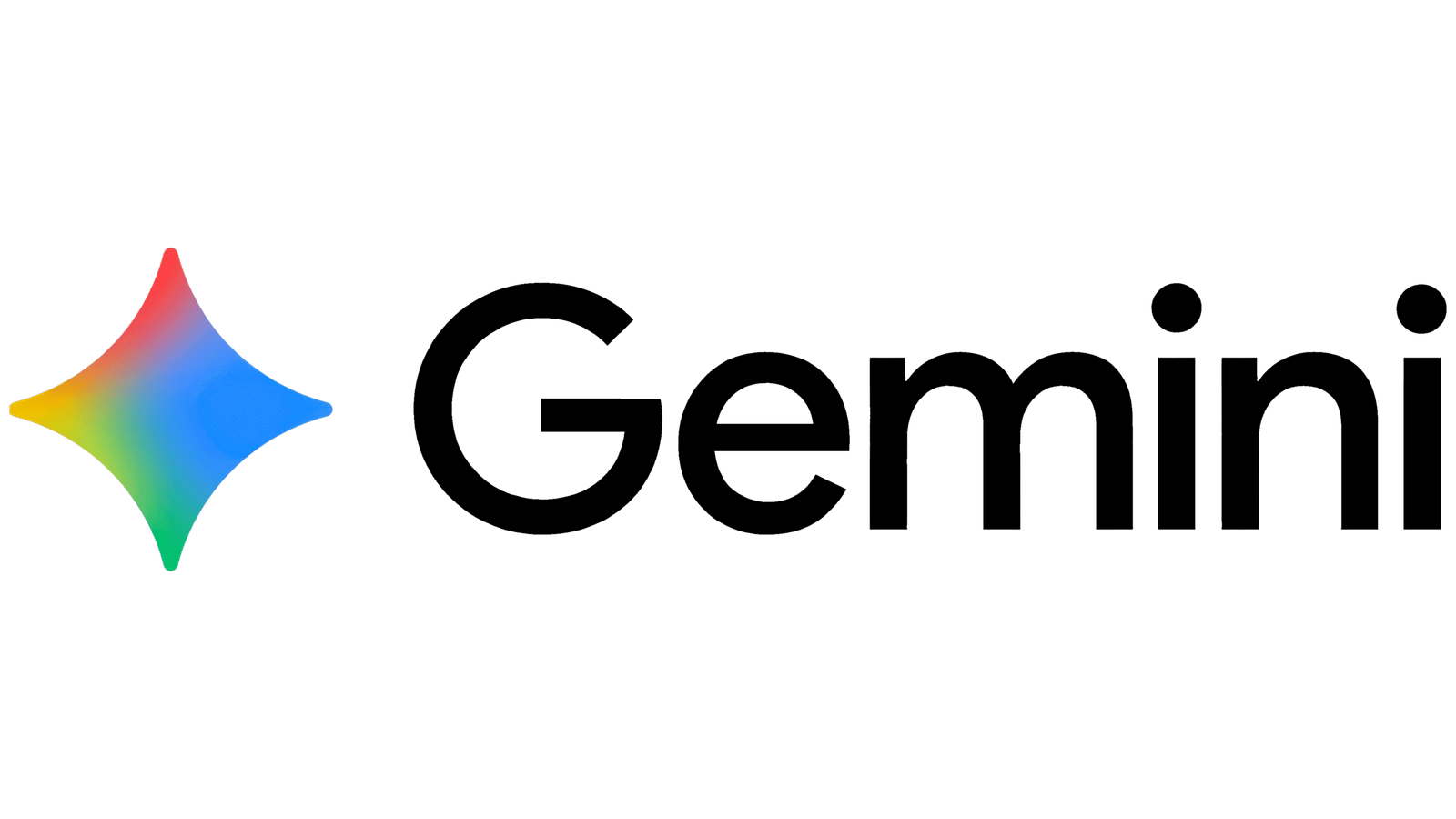World Server Load Balancing (GSLB) isn’t for everybody. If your online business operates at a neighborhood or regional stage, common load balancing will most likely meet your wants.
But, for some bigger enterprises or companies with a worldwide consumer footprint, GSLB is a vital service. Having a “load balancer for load balancers” retains your site visitors distributed in an environment friendly method and ensures the efficiency that your clients count on from an internet-enabled software.
The promise and pitfalls of in-line load balancers
Nearly each GSLB resolution available on the market at present is an in-line resolution. Whether or not it’s a standard on-prem field, a SaaS resolution, or one thing else, the structure is mainly the identical.
Routing all of your site visitors via a load balancer could also be handy architecturally, but it surely does introduce some important downsides. First, there’s the issue of choke factors. In case your load balancer goes down, so does your software. You’ll be able to add extra resilience by tacking on extra load balancers, however that’s merely diffusing the issue as a substitute of fixing it.
In-line load balancers additionally lack visibility into the sources of inbound site visitors. Since they solely management pathways from the endpoint to back-end sources, in-line load balancers can’t see the affect of “final mile” site visitors on latency and software efficiency. That connection is commonly a very powerful piece of the puzzle once you’re making an attempt to ship a constant software expertise throughout totally different geographies, machine sorts and native community situations.
The position of DNS and RUM information in GSLB
Although the Area Title System (DNS) is the underlying expertise utilized by most in-line load balancers, there’s usually a disconnect between DNS and GSLB relating to how most community groups construction their operations. Authoritative DNS and cargo balancing are sometimes dealt with by separate groups with little or no overlap in purposeful duty.
IBM® concluded that this separation between DNS and GSLB is counterproductive. DNS holds the keys to a simpler, extra resilient, and even inexpensive GSLB.
Authoritative DNS has all the time been in a position to management site visitors throughout all the connection pathway by eradicating factors of failure launched by the structure of in-line GSLB options. Its out-of-band nature makes DNS a perfect resolution to the problem of resilience, all with out the necessity to buy and deploy extra home equipment or endpoints.
“Final mile” latency is the second piece of the puzzle and it requires extra than simply the flexibility to steer site visitors. It wants information to tell purposes about the easiest way to connect with back-end workloads at any given second.
Actual Consumer Monitoring (RUM) information supplies prompt details about consumer experiences instantly from gadgets and may kind the idea of steering selections that route site visitors round deprecated sources or congested connections. The outcome: sooner connections, higher consumer experiences, and extra resilience.
Disrupting load balancing with IBM NS1 Join GSLB
It’s nearly unusual that authoritative DNS and RUM information aren’t the answer of selection for GSLB. IBM NS1 Connect® GSLB goes to considerably disrupt the load balancing market and alter how in-line load balancers are seen endlessly. Even higher, DNS-based GSLB is much inexpensive than in-line choices presently available on the market.
SaaS authoritative DNS options like IBM NS1 Join don’t contain the expense (and operational headache) of deploying containers or shopping for extra endpoint licenses. The extra price of working authoritative DNS for load balancing is a tiny fraction of what most firms cost – no matter your resolution.
The purposes we use for work and play day-after-day deserve higher connectivity. We as shoppers demand it, and organizations want the perfect connectivity throughout their shining moments. With better resilience, sooner connection efficiency, and a dramatically decrease price, it’s a win for each shoppers and community groups.
Join our webinar and download our eBook to see how DNS and RUM are an ideal mixture for strategic site visitors steering and software connectivity.
Was this text useful?
SureNo




